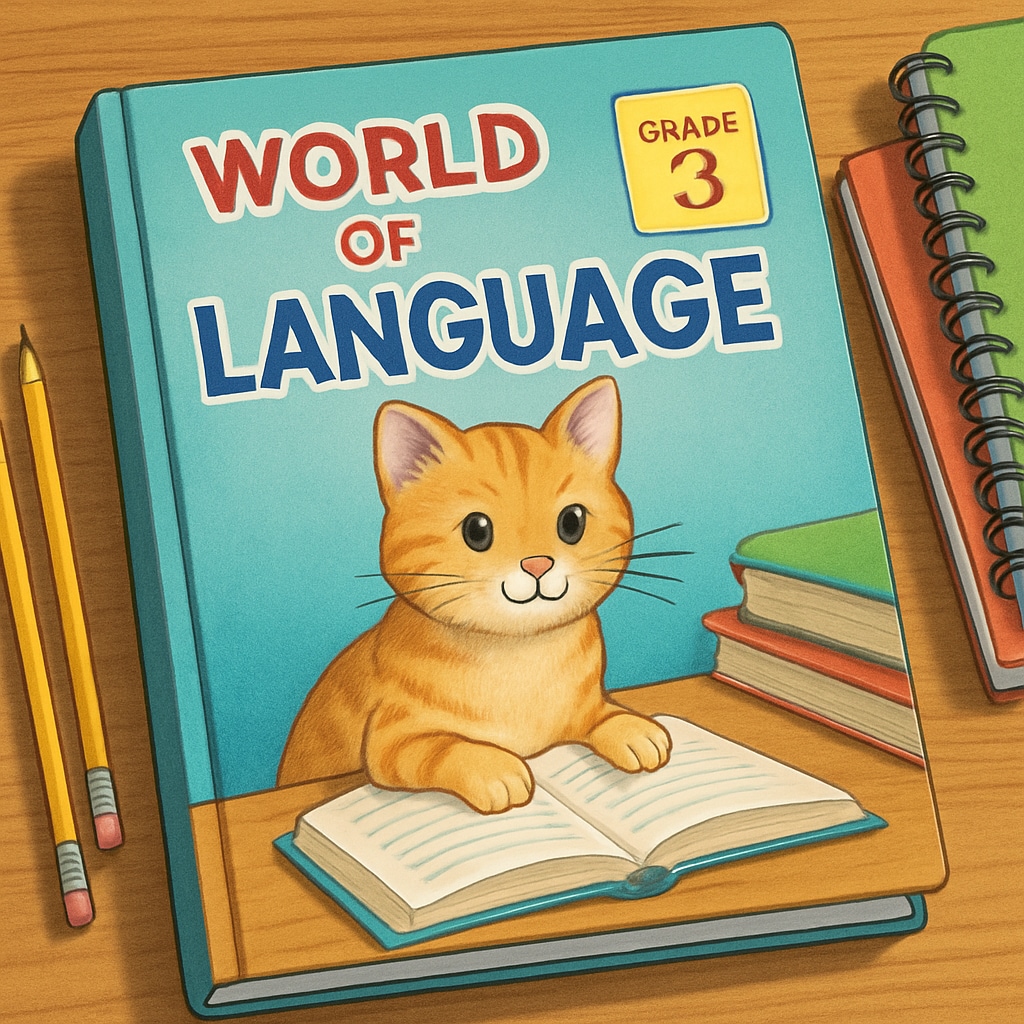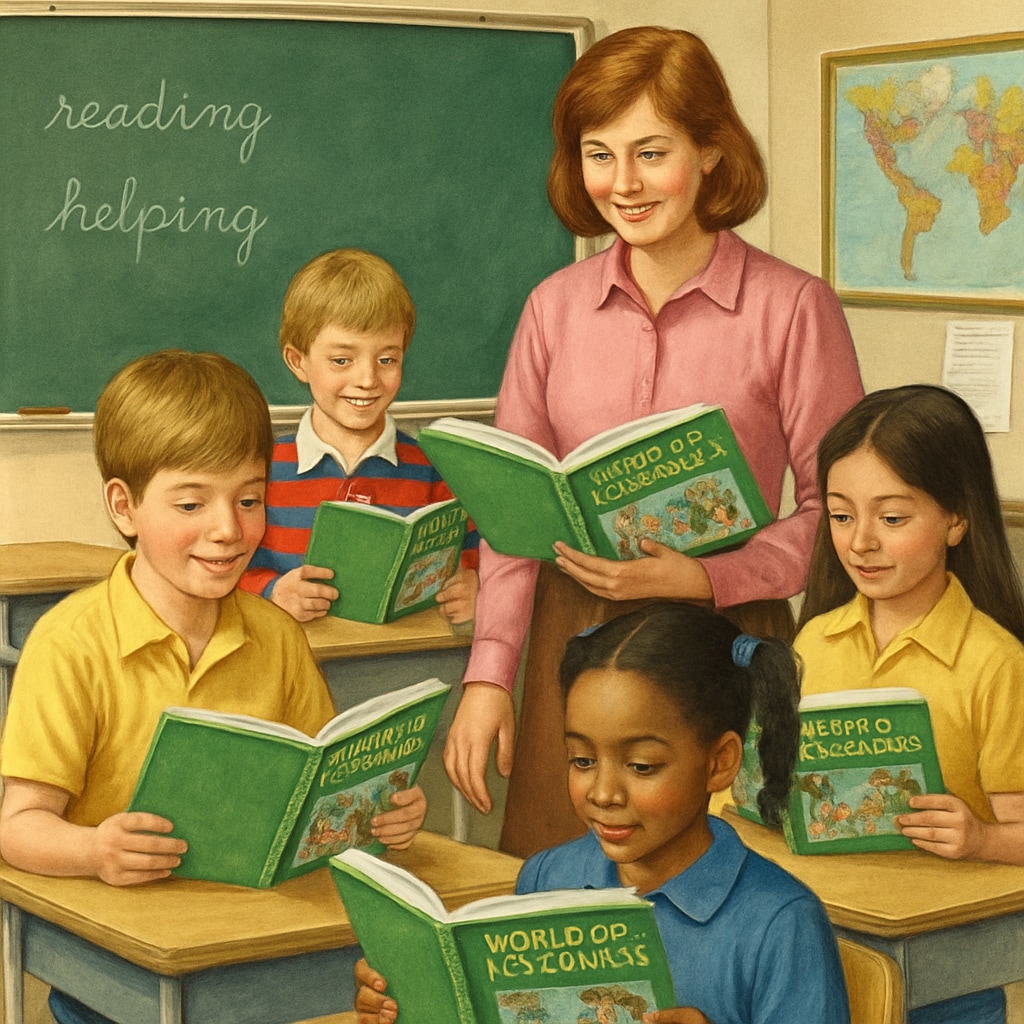The “World of Language” textbook series, especially the unforgettable third-grade edition with its charming cat-themed cover, remains a nostalgic cornerstone of elementary education for countless individuals. This iconic textbook, part of a broader curriculum, exemplified the art of teaching language with a balance of structure, creativity, and depth. In an era where digital resources dominate language learning, revisiting such a timeless educational tool provides invaluable perspective on cultivating strong language skills through systematic and engaging methods.

The Educational Philosophy Behind “World of Language”
At the heart of the “World of Language” series was its ability to merge academic rigor with creative exploration. Rather than relying solely on rote memorization, the textbook encouraged students to engage with language holistically. It featured a blend of grammar exercises, storytelling prompts, and reading comprehension tasks, fostering critical thinking and linguistic adaptability.
For example, the third-grade edition was renowned for its thematic chapters, each centered around relatable scenarios such as family, friendship, and nature. These relatable contexts made language learning feel intuitive and meaningful, especially for young learners. By incorporating illustrations like the memorable cat cover, the textbook also added a visual dimension to learning, making it both appealing and accessible.
Why the “World of Language” Textbook Endures
Decades later, the “World of Language” series continues to resonate with educators and students alike. Its enduring appeal lies in several key attributes:
- Systematic Approach: The curriculum was meticulously structured, gradually introducing complex language concepts without overwhelming learners.
- Engagement Through Storytelling: Stories and thematic exercises fostered emotional connections, making language learning enjoyable.
- Visual and Contextual Learning: Iconic illustrations, such as the cat on the cover, provided a memorable and relatable experience for students.
- Focus on Critical Thinking: Beyond grammar, the exercises encouraged learners to think critically and express themselves creatively.
In contrast to the fragmented and often impersonal nature of many digital learning tools today, the “World of Language” textbooks offered a cohesive and humanistic approach to education.

Lessons for Modern Language Education
While modern educational technology has brought new tools and opportunities, the principles embodied by the “World of Language” series remain relevant. Today’s educators can draw inspiration from its:
- Integration of Themes: Contextualized learning remains essential for meaningful education.
- Balancing Structure and Creativity: A well-rounded curriculum that combines technical language skills with creative expression fosters comprehensive growth.
- Visual Appeal: Engaging visuals continue to enhance learning experiences, especially for younger audiences.
- Focus on Emotional Connection: Building relationships with language through relatable content can sustain motivation and interest.
As a result, educators and curriculum developers can revisit these methods to enhance modern teaching strategies. Additionally, parents might find inspiration from these textbooks when guiding their children’s learning journey.
In conclusion, the “World of Language” textbook series, particularly the iconic third-grade cat-covered edition, offers timeless lessons in language education. By embracing its balance of structure, creativity, and emotional engagement, today’s educators can ensure that the art of language learning remains both impactful and enjoyable for future generations.
Readability guidance: This article uses short paragraphs, lists, and transitions to ensure clarity. The content avoids excessive passive voice and keeps long sentences to a minimum, while incorporating engaging transitions like “for example,” “as a result,” and “in addition.”


